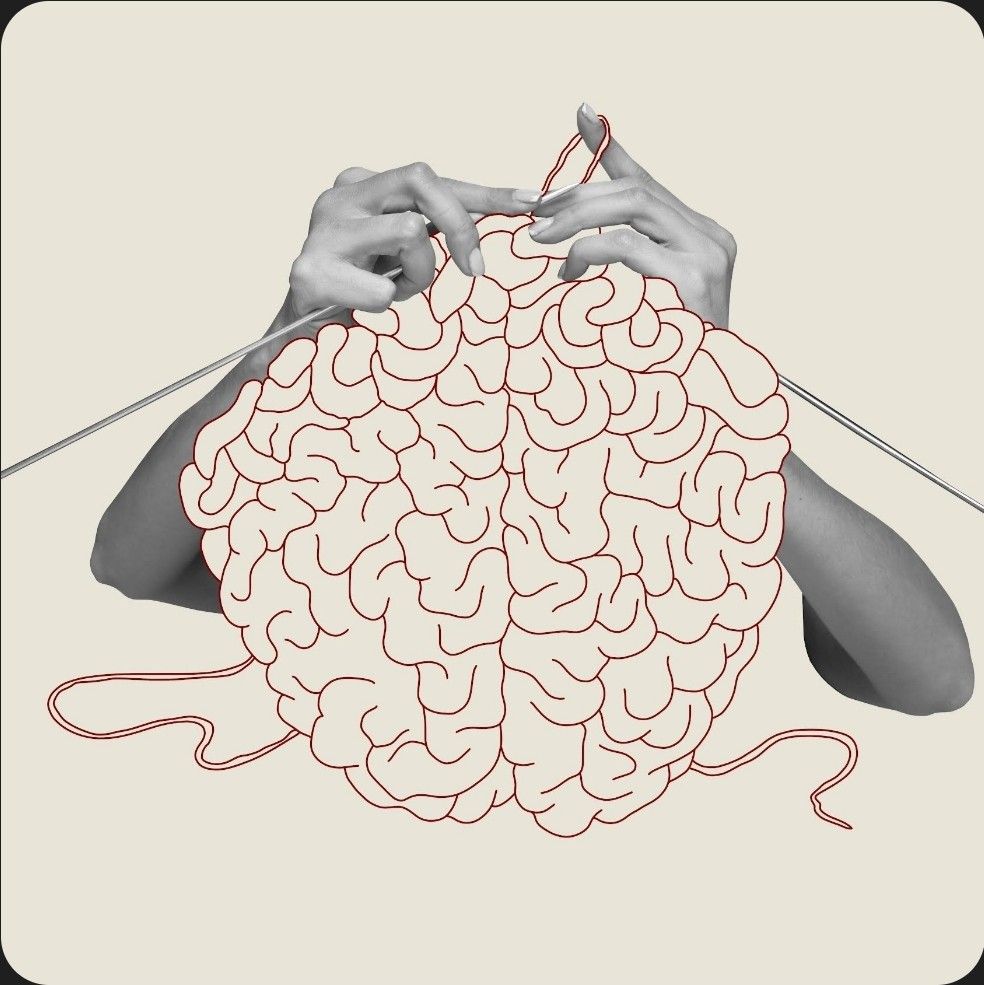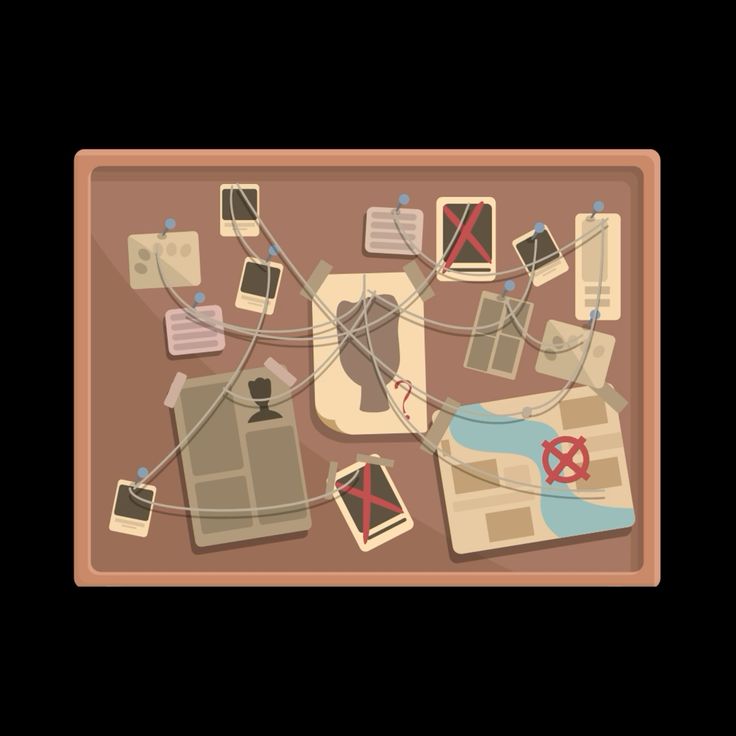🧠 The Rational Choice Theory (RCT) of Clarke and Cornish: A Criminological Framework
The Rational Choice Theory (RCT) was developed by criminologists Derek B. Cornish and Ronald V. Clarke in the mid-1980s. This perspective stands as one of the most influential frameworks in criminology and for models of situational crime prevention.
Essentially, RCT posits that crime is not a senseless event but rather the result of a rational and voluntary decision made by the individual, who consciously evaluates the potential benefits and costs before committing a criminal act.
1. 📜 Origin and Core Premises of Rational Choice Theory
RCT is fundamentally based on the thinking of the Classical School of Criminology (Beccaria, Bentham), which conceived of the human being as a free and rational entity, capable of choosing between right and wrong based on expected consequences (the concept of free will).
Cornish and Clarke adapt this view with the following key premises:
- The Individual is Rational: They act in pursuit of self-interest (utility), weighing different alternatives before making a decision.
- Crime Has an Instrumental Purpose: The offender seeks to obtain a benefit (either tangible, like money, or symbolic, like prestige/power).
- Decisions Depend on Context and Opportunity: The likelihood of offending is directly influenced by the risk of apprehension, the severity of the expected punishment, and, crucially, the opportunity offered by the target.
2. 🤯 The Concept of Bounded Rationality
A crucial point of modern RCT is that it does not postulate a “perfect” or absolute rationality. The authors introduced the concept of Bounded Rationality.
- Restricted Process: The offender’s decision-making process is constrained by the available time, the availability of relevant information, and their cognitive and planning abilities.
- “Sufficient” Search: The decision to offend is not based on an exhaustive analysis of all options but rather on a quick search for a solution that seems “good enough” or advantageous in that particular moment and context.
- Crime-Specific Analysis: The cost-benefit considerations and the factors evaluated vary drastically according to the type of crime (e.g., stealing a car is different from committing tax fraud).
3. ⚖️ Phases of the Criminal Decision: Involvement vs. Event
Cornish and Clarke distinguish two types of decisions an offender must make, differentiating between criminality and a specific crime:
A. Involvement Decisions (Criminality)
These refer to the processes and stages an individual goes through in the development of their criminal trajectory (the “involvement” in criminal activity).
- Initiation: The initial decision to start offending (e.g., a young person decides to steal for the first time).
- Continuance: The decision to continue committing crimes (e.g., it becomes a regular source of income).
- Desistance: The decision to stop offending.
These decisions are influenced by background factors (family, personality, education) and situational factors (immediate needs, peer pressure).
B. Event Decisions (The Specific Crime)
These refer to the steps and decisions taken immediately before, during, and after the commission of a particular crime. This process follows a sequence of operational steps and decisions.
- Pre-event: Selecting the target (person, location, object), the time, and preparing for the act.
- During the Event: The tactical decisions made to carry out the act.
- Post-event: How to dispose of the evidence or the loot, and escaping.

4. 📈 Implications for Crime Prevention: Situational Crime Prevention
RCT provides the fundamental theoretical framework for Situational Crime Prevention (SCP). Given that offenders act rationally (albeit boundedly), the most effective way to reduce crime is to manipulate the immediate environment so that the cost-benefit calculation tips against the criminal act.
SCP seeks to reduce opportunities by increasing the costs (risk and effort) and reducing the perceived benefits. This is achieved through 25 techniques grouped into five categories, such as:
- Increase the Effort: Ignition immobilizers in cars, more resistant locks.
- Increase the Risk: Surveillance cameras, better lighting, neighborhood watch programs.
- Reduce the Reward: Marking property to make it difficult to sell.
5. ⚠️ Criticisms of the Rational Choice Theory
Despite its influence, RCT has received several criticisms:
- Overly Broad Bounded Rationality: Critics argue that the concept of “bounded rationality” is so flexible it can explain almost any behavior, even seemingly impulsive acts.
- Ignores Structural and Emotional Factors: The theory focuses too much attention on the individual decision and neglects the influence of deep social factors such as poverty, inequality, social exclusion, or the strong influence of emotions and impulses in certain types of crime.
- Individualistic Emphasis: It focuses on the actor, downplaying how cultural or community context shapes the perceptions of risk and benefit.
Deep Dive: The Rational Choice Theory (RCT) in Criminology 🧐
The Rational Choice Theory (RCT), especially in the field of Criminology as championed by Derek Cornish and Ronald Clarke, deliberately moves away from theories seeking the “ultimate causes” of crime (such as poverty or inequality). Instead, the RCT focuses squarely on the immediate decision-making process leading up to the criminal act.
1. The Offender Model: A ‘Bounded’ Homo Economicus 🔍
While rooted in classic economics, the criminological application of RCT utilizes a more nuanced and constrained version of the Homo Economicus concept:
- Utility Maximization vs. Satisficing: The offender doesn’t necessarily seek the absolute maximum expected utility (as a perfectly rational actor would). They often settle for a satisfactory or ‘sufficient’ utility (satisficing) to meet immediate needs. The goal is simply to achieve a marginal gain greater than the opportunity costs (what they’d gain by dedicating that time and effort to a legal activity).
- Quick, Heuristic Decisions: Rationality is frequently heuristic or ‘bounded’. The offender rarely performs a complex mathematical calculation; instead, they use mental shortcuts (rules of thumb or prior experience) to rapidly evaluate the situation. This quick assessment includes:
- Familiarity with the target.
- Ease of access and escape.
- Necessary tools or skills.
- Potential resistance from the victim/security.
2. The Key Distinction: Involvement vs. Event 🧩
One of the most significant contributions by Clarke and Cornish is the explicit distinction between Criminal Involvement (Criminality) and the Criminal Event (Crime), which necessitate separate decision models.
| Aspect | Criminal Involvement (Criminality) | Criminal Event (Crime) |
| Question | Should I start/continue/stop offending? | Should I commit this specific crime here and now? |
| Time Horizon | Long-term (life trajectory) | Short-term (immediate, situational) |
| Key Factors | Background factors (personality, family, education), Legal Alternatives, Needs | Opportunity, Risk of Detection, Effort, Reward |
| Example | A young person decides that theft is the easiest way to get money. | A young person decides to rob the corner store because they saw the door open and no one was inside. |
This distinction allows RCT to be less deterministic, recognizing that personal and social factors (the deep causes) influence involvement, while situational opportunity heavily influences the event.
3. Practical Application: Situational Crime Prevention (SCP) 🛡️
RCT provides the theoretical foundation for Situational Crime Prevention (SCP), a pragmatic approach aimed at reducing crime opportunities by modifying the immediate environment. SCP techniques focus on altering the offender’s rational equation:
| Strategic Goal | Mechanism of Deterrence | Examples of SCP Techniques |
| Increase the Effort | Make the target harder to access or manipulate. | Installing security locks, traffic diversions, hardening materials (e.g., tough windows). |
| Increase the Risk | Boost the probability of detection and apprehension. | Natural surveillance (windows overlooking the street), CCTV cameras, alarms, increased patrol. |
| Reduce the Rewards | Decrease the value or usability of the loot. | Property marking, cashless society (less cash on hand), removing valuable items. |
| Reduce Provocations | Lower environmental tensions or conflicts. | Designated seating in stadiums, no-graffiti rules. |
| Remove Excuses | Make it clear that the behavior is unacceptable. | Signage, reminders, clear rules (“No Trespassing”). |
The success of SCP effectively reinforces the applied validity of RCT by demonstrating that offenders respond directly to the manipulation of the immediate context.

4. Modern Criticisms and Behavioral Criminology 📢
Criticism of RCT has intensified with the rise of Behavioral Economics and Neurocriminology:
- Cognitive Biases (Heuristics and Biases): The strongest critique is that RCT doesn’t adequately explain the cognitive biases (systematic errors in thinking) that influence decisions. Offenders often:
- Overestimate gains and underestimate the risk of capture.
- Exhibit high temporal discounting, valuing immediate rewards far more than future costs.
- Influence of Emotion and Impulse: Critics point out that many crimes (especially violent or sexual ones) are motivated by strong emotions (anger, jealousy, revenge) or lack of self-control, not a clean cost-benefit analysis. RCT struggles to incorporate these factors satisfactorily.
- Deep Social Factors: While RCT doesn’t claim to be a theory of criminality, it’s criticized for its tendency to decouple the decision from the socio-historical context, ignoring how structural inequality limits rational alternatives for certain groups, making crime the “rational choice” in an opportunity-deprived environment.
Nonetheless, the Rational Choice Theory remains a fundamental conceptual pillar, proving especially useful for designing practical, context-oriented security and crime prevention strategies.







Leave a Reply